BECOME A CHARACTER DESIGNER
Missions, activities, skills, training
CHARACTER DESIGNER - JOB DESCRIPTION
Definition
A Character Designer envisions characters/creatures in 2D or 3D.
They employ artistic, narrative, semantic, and technical skills to breathe life into characters for films, video games, animations, and more.
Missions
- Translate abstract ideas or artistic concepts into characters that meet the requirements of the artistic direction
- Conduct research and preliminary sketches to explore different styles and ideas based on the specifications
- Design and develop the physical characteristics, facial expressions, and costumes of characters or creatures
- Create detailed 2D or 3D models of characters using specialized software
- Perform requested retakes
- Work closely with the production team
- Bring creative ideas to the table
- Adhere to production deadlines and specifications
- Stay updated on new trends, techniques, and artistic references through artistic research
Skills & Competencies of a Character Designer
The profession of a Character Designer is a creative field that involves:
- Mastery of drawing techniques, sketching, and illustration
- Expertise in visual storytelling
- In-depth understanding of human and animal anatomy, including proportions, gestures and movements, facial expressions, and poses
- Proficiency in various artistic styles, whether realistic, stylized, cartoon, or others, depending on the project’s requirements
- Ability to create costumes, settings, and accessories suitable for characters, considering their style, historical period, or universe
- Excellent understanding of visual language: colors, shadows, lights, depth, perspective, scale, proportion
- Proficiency in composition, perspective, and anatomy
- Ability to convey character or emotions through shape and color
Required Qualities
The profession of a Character Designer requires several soft skills (non-technical skills):
- Creativity and artistic sensitivity
- Adaptability
- Teamwork and communication skills
- Problem-solving and perseverance
- Time management and the ability to prioritize tasks
- Curiosity and open-mindedness
- Ability to receive constructive feedback
Software used by Character Designers
To create initial sketches, Character Designers may prefer using traditional tools such as pencils, paper, or ink.
Subsequently, they utilize specialized software for 2D or 3D creation.
Here are some commonly used software by Character Designers:
- Photoshop
- Illustrator
- ZBrush
- Maya
- 3ds Max
- Cinema 4D
- Corel Painter
- Procreate


How to become a Character Designer
To become a Character Designer, here are some tips:
- Develop artistic skills and practice drawing, painting, and illustration
- Take an interest in human anatomy, perspective, and artistic composition
- Build a strong and diverse artistic culture (photography, painting, posters, etc.)
- Enroll in a specialized post-secondary program to become a Character Designer in 3D Animation or video games
- Build and enhance your portfolio
- Network to expand your connections and access professional opportunities
- Attend conferences and masterclasses to gain insights and further knowledge
Post-high school diploma Programs to Become a Character Designer
ISART offers two post-high school diploma programs that provide the technical and creative skills needed to become a Character Designer: 3D Animation-FX & Game Art.
Admission to the first year is open to high school graduates.
Parallel admissions are possible based on the results of admission exams and the portfolio.
Studying 3D Animation to Become a Character Designer
The 3D/FX Cinema program provides the necessary skills to work in the animation and special effects film industry, mastering the studio’s work methods from pre-production to post-production, and becoming a Character Designer.
Artistic Culture: Art History, Styles | Film, Animation, Special Effects, and Video Game Culture | Fundamentals of Image Conferences
Fundamentals: 3D | Animation | Digital Color | Observational Drawing | Human and Animal Morphology
3D Creation: 3D Modeling | Texturing | Lighting & Rendering | 3D Animation | Rigging | Script | Staging | Editing | 3D Sculpting | Nodal Textures | Organic Rigging | Compositing | Character FX (Fabric, Hair)
2D Creation: Photo Retouching | Motion Design | Morphology | Color | Pre-production | Previsualization | Development | Staging | Compositing | Color Grading | Planning | Production Tracking
General and Artistic Culture: Set Design | Layout | Introduction to Digital Imaging | Human and Animal Morphology
Visual Development: History of Cinema, Animation, and Special Effects
Professional Integration Support
3D Cinema program
Explore the Program
Game Art Video Game Curriculum
The Game Art program provides the necessary graphic and managerial skills to work in every artistic specialty of a real-time 3D project, and become a Character Designer.
Artistic Culture: Art History, Styles | Film, Animation, Special Effects, and Video Game Culture | Fundamentals of Image Conferences
Fundamentals: 3D | Animation | Digital Color | Observational Drawing | Human and Animal Morphology
3D: 3D Software | 3D Modeling of Buildings and Vehicles | Camera Placement | Rendering Settings | Animation | Modular Design | Modeling and Optimization of Game Elements | Material Rendering | Lighting and Special Effects | Game Engines applied to 2D and 3D
2D : Character Design | Anatomy | Human Morphology | Animation | Color | Environment Design | Universe Design | Environment and Character Design | Introduction to Interface Design | Lighting and Special Effects
2D & 3D: 2D and 3D Animation | 2D and 3D Design (Environments and Characters) | Interface Design | 2D and 3D Lighting and Special Effects | Material Rendering | Game Engine Mastery | Creation of 2D and 3D Game Levels | Advanced Modeling | Sculpting
Design: History of Video Games | Universe Creation | Graphic Charter Development | Typography and Layout | Art Direction | Graphic Production | Project Organization and Presentation | Graphic Prototyping
Game Design / Level Design: Basics and Fundamental Rules
Professional Integration Support
GAME ART Program
Explore the training program
Which is the best school to become a Character Designer?
ISART has over 20 years of expertise in the fields of 3D-FX animation and video games:
- Ranked as the top video game school in Europe (source: 2022 GAMEducation)
- Ranked among the best schools worldwide: Top 2 by The Rookies, Top 2 by Figaro.fr, Top 3 by Étudiant.fr
- 92% graduate employment rate
- 21 years of experience
- 2,200 alumni across three continents: America, Asia, and Europe
- Unique combination of Creativity, Technical Skills, and Business
The teaching staff consists of experienced industry professionals with recognized pedagogical qualities.
The school maintains close relationships with the film, animation, and video game industries. This results in internship and apprenticeship opportunities, as well as networking events with industry professionals.
Today, over 500 partners place their trust in ISART students.
ISART Digital provides students with state-of-the-art facilities (green screen room, model workshop, game lab) and equipment (filming, software, rendering farm, Nintendo Switch & PS4 development kits, VR kit) to create an optimal learning environment for practice and experimentation.
What degree?
ISART awards the RNCP level 7 “Expert in Digital Design, 3D Animation, and Special Effects” title, subject to the obtained results.
APPLYING TO BECOME A CHARACTER DESIGNER
Perspectives
Career advancements
Here are possible career advancements for a Character Designer:
The Lead Character Designer plays a key role in artistic direction, task coordination, creative decision-making, and team management.
The Art Director is responsible for overseeing the overall artistic direction of a project, including character design, environments, colors, art styles, etc.
Which companies hire Character Designers?
There are numerous entertainment companies and industries that may hire Character Designers, including:
- Video game studios
- Film or animation series studios
- Advertising, marketing, and design agencies
Other careers that may interest you:
The 3D Animator specializes in animating characters, environments, and objects in 3D for film (full 3D or digital special effects), video games, virtual reality, advertising, etc.
The 3D Modeler creates and sculpts three-dimensional digital models, creatures, objects, characters, and/or environments for sectors such as video games and 3D/visual effects animation.



